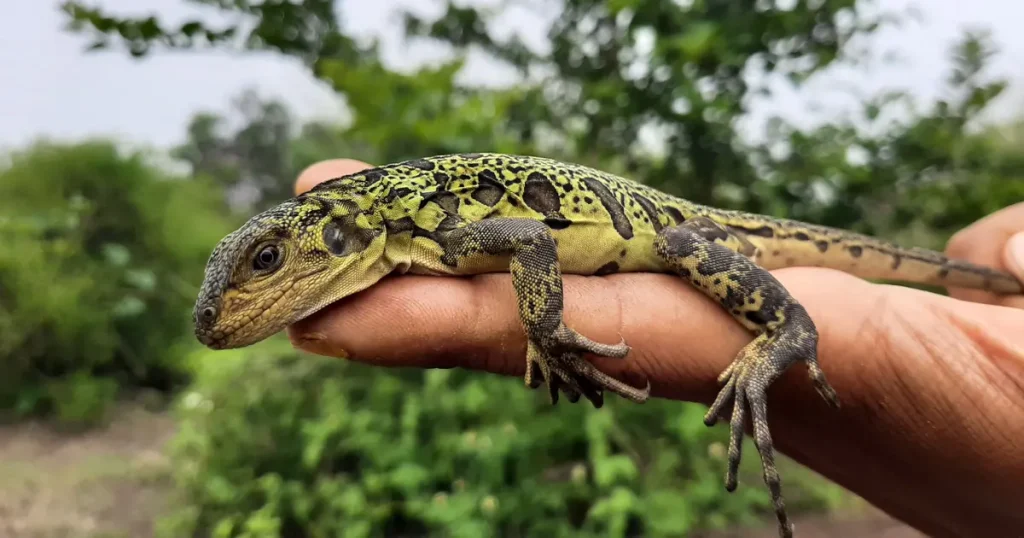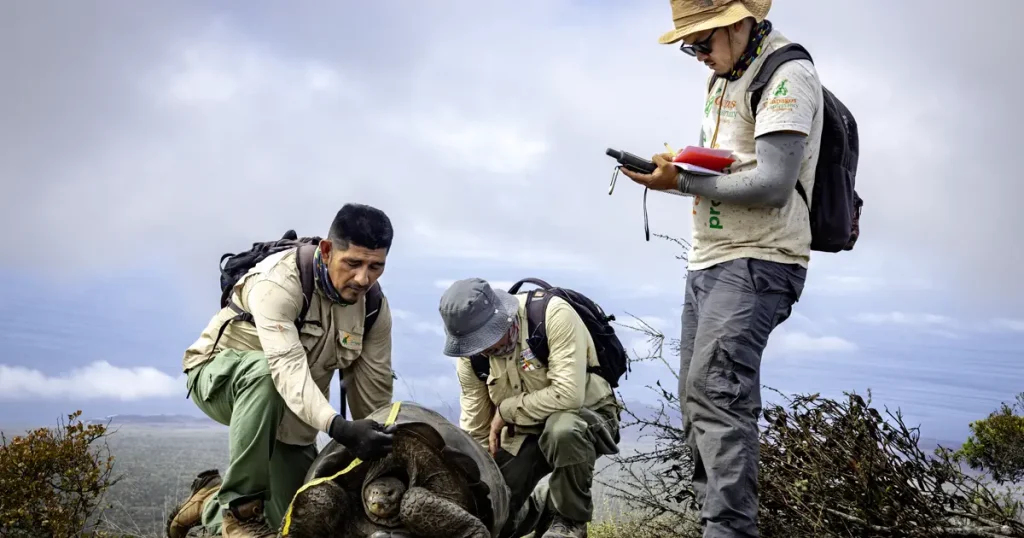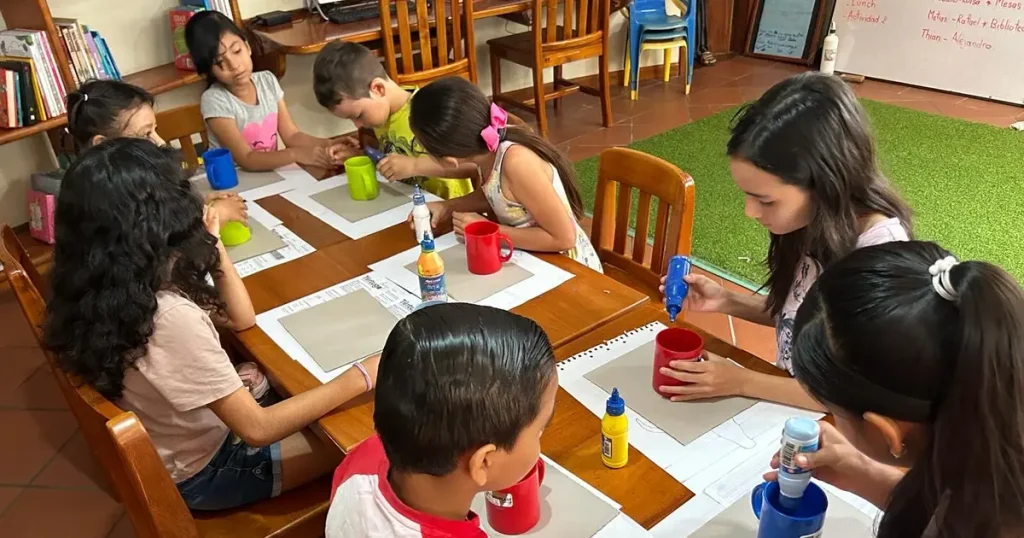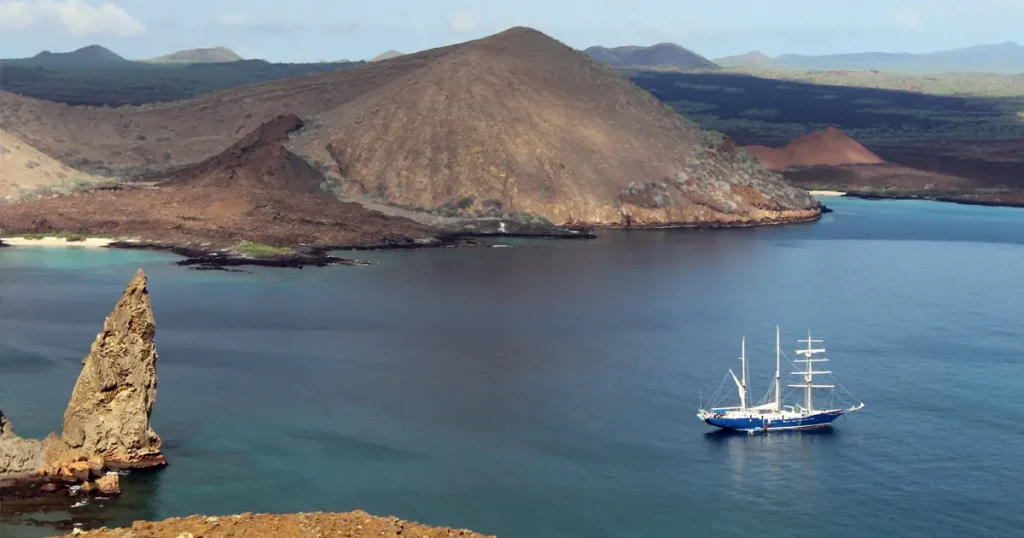Invasive Species: The Silent Threat Endangering the Galápagos
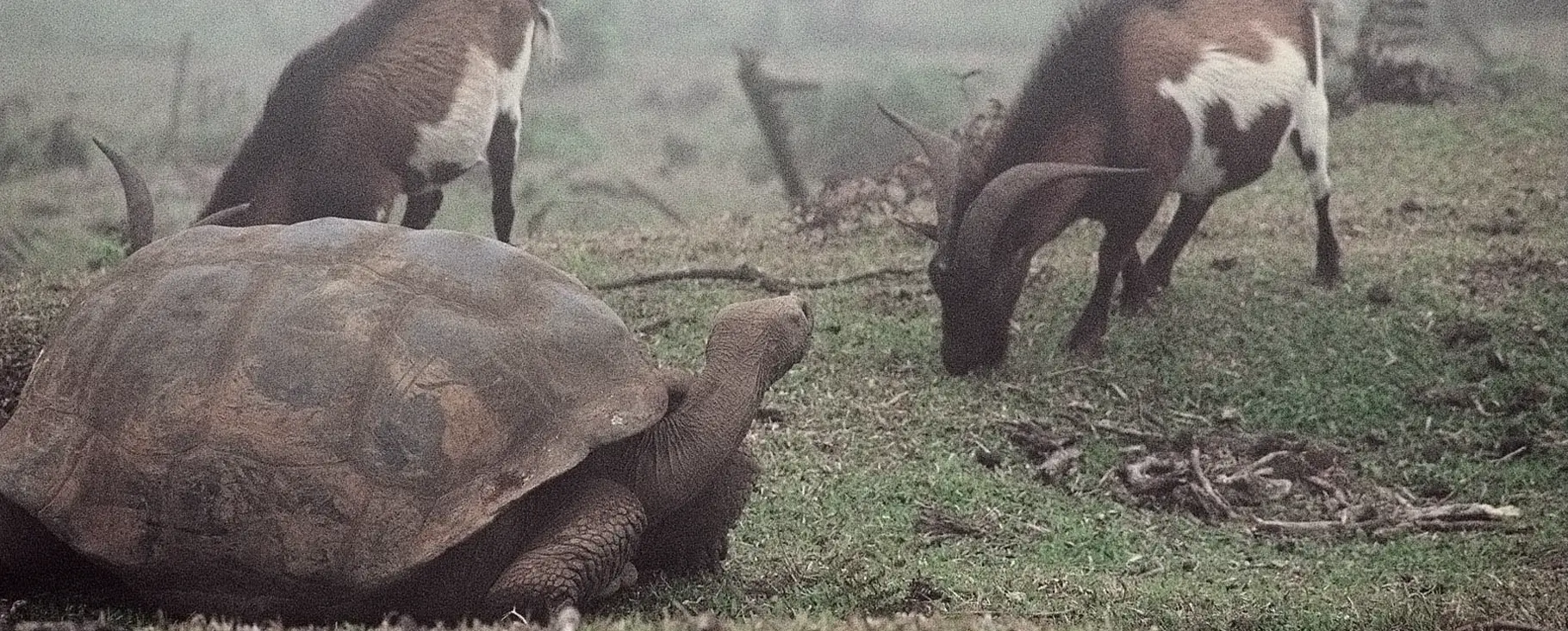
Since their formation millions of years ago, the Galápagos Islands have become a sanctuary of biodiversity, home to many species found nowhere else on Earth. From majestic giant tortoises to the rare pink iguanas of Wolf Volcano, these animals evolved in biological isolation. Before humans arrived in 1535, a new species naturally reached the Galápagos only about once every 10,000 years. Since discovery, an average of one new species has been arriving every year, all brought by humans.
The island endemics of Galápagos are highly vulnerable to invasive species because they evolved in isolation with few natural predators or competitors, making them poorly adapted to resist new perils. Consequently, the introduction of these species threatens the very survival of many native wildlife species.
At Galápagos Conservancy, we recognize that controlling invasive species is one of the most urgent priorities for conservation in the islands. For more than a decade, we have worked closely with the Galápagos Biosecurity Agency and the Galápagos National Park Directorate to mitigate the impact of invasive species on native flora and fauna.
The Invasive Species Threatening Galápagos
From goats that have devastated giant tortoise habitats to fire ants and feral cats depredating native wildlife, invasive species pose one of the greatest threats to the fragile ecosystems of Galápagos. New threats continue to emerge, making prevention, monitoring, and control essential.
Goats (Capra hircus): Ecosystem Destruction
Introduced in the 1800s, goats multiplied uncontrollably, stripping native vegetation and severely reducing the giant tortoises’ source of food. Impacts were so severe that on some islands, like Pinta and Santiago, entire tortoise populations were nearly wiped-out. Thanks to successful goat eradication programs led by the Galápagos National Park Directorate, vegetation has started to recover, allowing tortoises to reclaim their natural habitat.
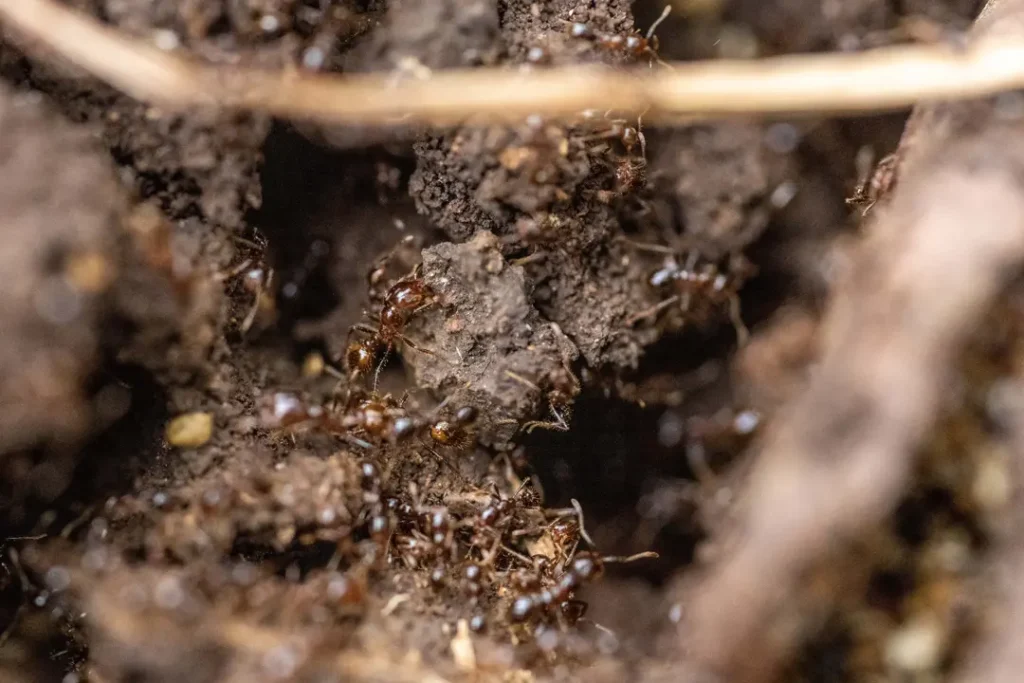
Fire Ants (Wasmannia auropunctata): The Silent Enemy
Tiny, aggressive fire ants attack bird nestlings and tortoise hatchlings, and their eradication is notoriously difficult. To address this threat, Galápagos Conservancy has supported the Galápagos Biosecurity Agency’s efforts to minimize fire ant impacts on native wildlife.
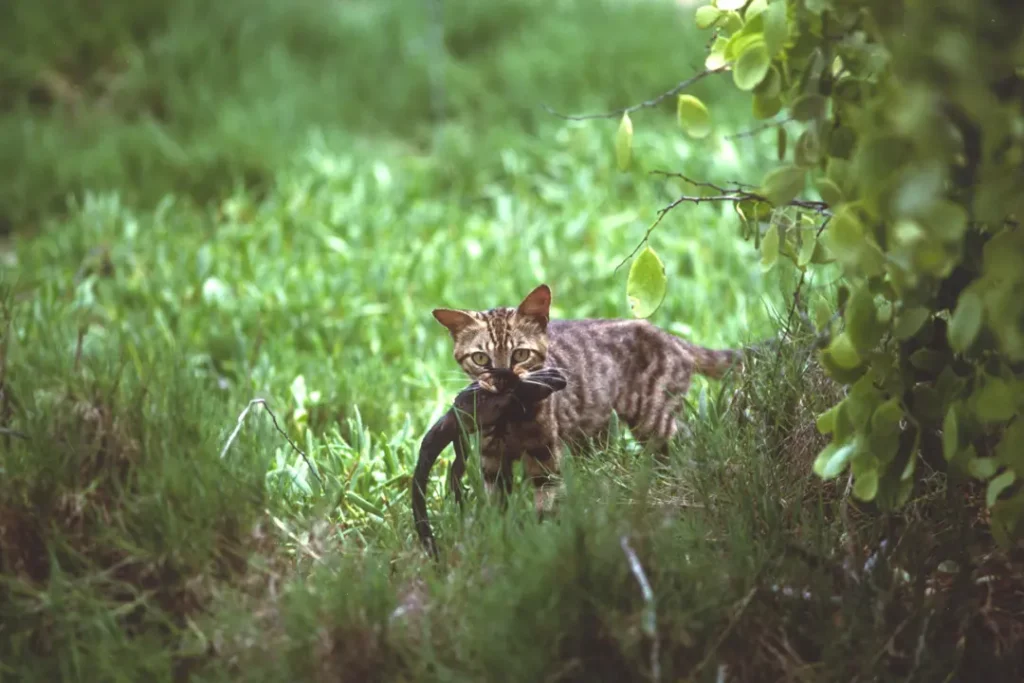
Feral Cats (Felis catus): A Threat to the Pink Iguana
Feral cats pose an extreme risk to several endemic species, including the pink iguana (Conolophus marthae), one of the world’s rarest reptiles, found only on Wolf Volcano. Discovered in 2009, this iguana is on the brink of extinction due to predation of its young by introduced cats. At Galápagos Conservancy, we have initiated focused efforts to help protect pink iguanas from cats.
Invasive Blackberry (Rubus niveus): A Growing Crisis
Introduced as an agricultural experiment, the invasive blackberry has become an ecological menace. This aggressive plant overtakes native flora, altering entire ecosystems across multiple islands. Its rapid expansion hinders forest regeneration and limits food availability for native species. It also presents a physical barrier to giant tortoises moving about their habitat. Controlling the spread of blackberry is critical to preserving the unique landscapes and biodiversity of the Galápagos.
Our Role in Protecting Galápagos
Since 2015, Galápagos Conservancy has supported the Galápagos Biosecurity Agency’s efforts, focusing on the prevention, control, and eradication of invasive species. Our work has included enhancing laboratory capabilities, thereby enabling more efficient detection and monitoring, and a more rapid response to new biosecurity threats. By strengthening prevention and control measures, we aim to minimize the impact of invasive species and ensure the long-term protection of the archipelago’s biodiversity.
Tackling invasive species is a complex challenge that requires collaboration among conservation groups, scientists, and the local community.
At Galápagos Conservancy, we play a key role in supporting and amplifying conservation efforts, working alongside partners to safeguard native ecosystems through the following critical actions:
- Funding conservation projects to restore native habitats for species affected by invasive threats.
- Collaborating with local institutions to prevent, detect, and control invasive species like the African giant snail, fire ants, and other emerging threats.
- Protecting iconic species, such as giant tortoises and land iguanas, by managing habitats to reduce invasive species’ impact. Advancing scientific research and monitoring to provide tools to improve our understanding of invasive species’ impacts and supporting effective management strategies to counter them.
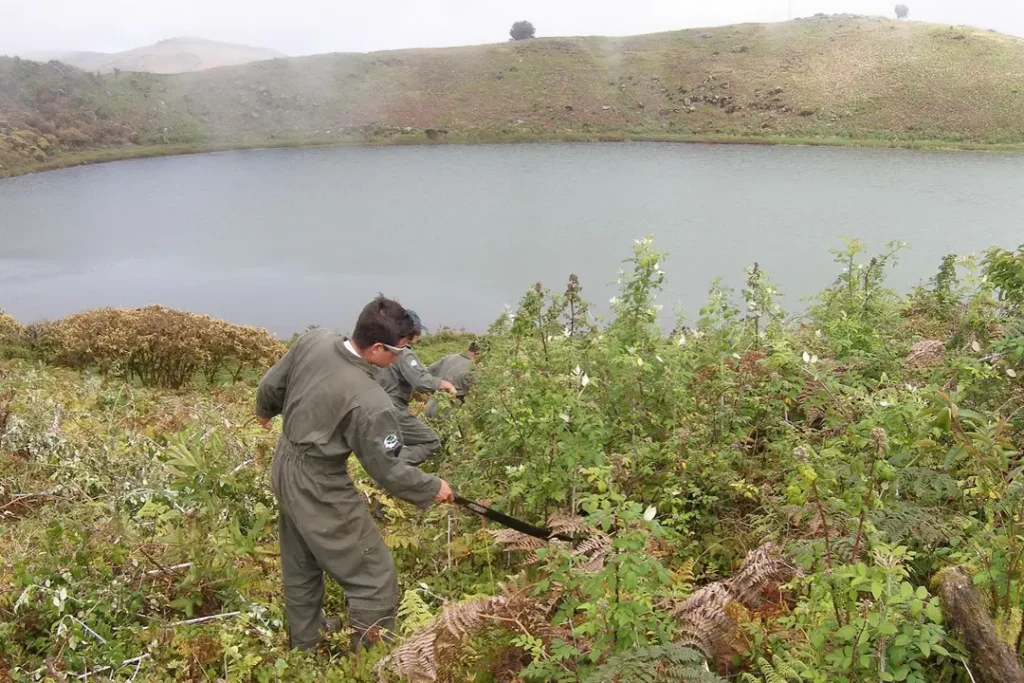
Together, We Can Make a Difference
The future of Galápagos is not guaranteed, but with your support, we can ensure that this ecological marvel continues to inspire and thrive for generations to come.
Your involvement can help protect this one-of-a-kind ecosystem. By joining the fight against invasive species, you are actively restoring island habitats and safeguarding endangered wildlife.
Please join us in protecting one of the planet’s last true natural wonders.
Give now to support our invasive species control programs.
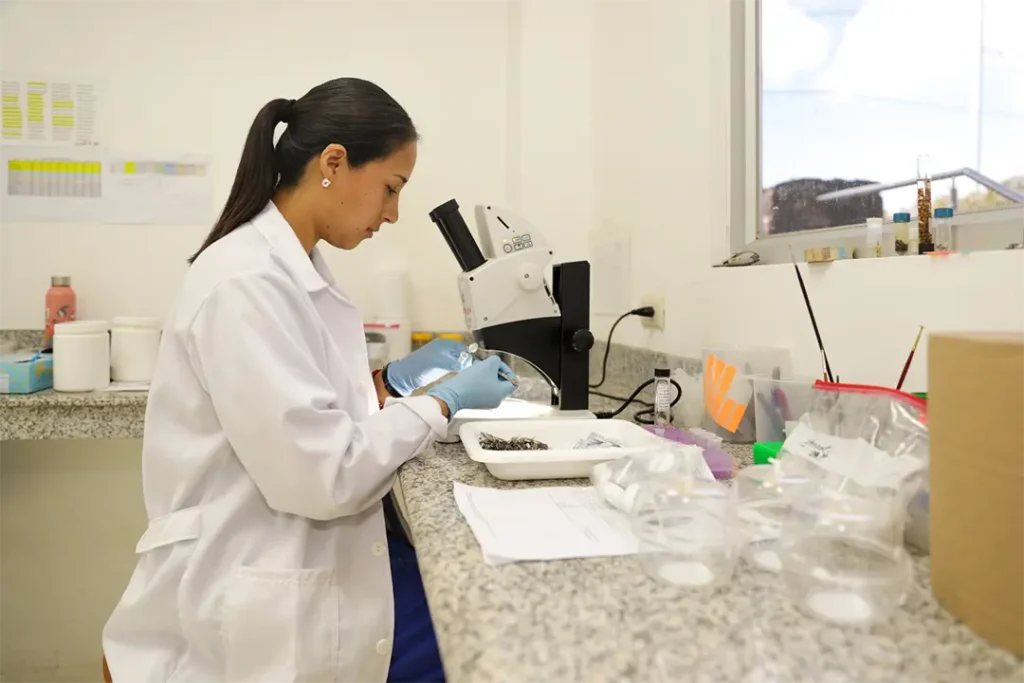
Share:
